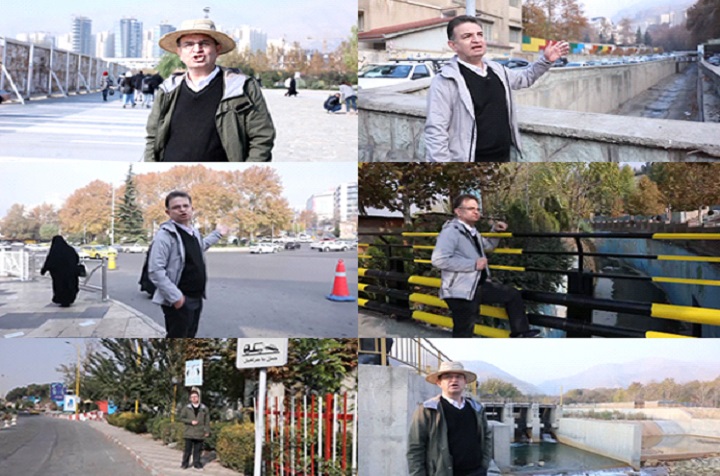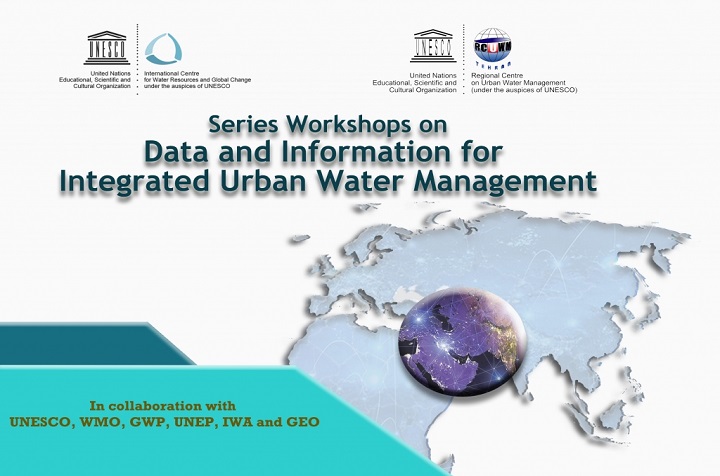The frequency of natural disasters between 1990 and 2006, particularly water-related disasters, has increased markedly – as has the estimated economic damage they cause. Extreme events have also become more frequent. Between 1900 and March 2007, 16301 disaster events were recorded throughout the world – 6.27 billion people were affected; fatalities were more than 37.58 million and the estimated economic damage was more than US$1,790 billion. In terms of fatalities and the number of people affected, Asia is the region most vulnerable to water-related disasters, accounting for more than 45% of fatalities and more than 90% of the people affected by disasters.
During the period 1900 to 2006, a total of 836 droughts were reported globally in the Emergency Disasters Database, killing more than 1 million people, affecting more than 752 million, and inflicting more than US$ 61 million of damage. The following map displays the drought prone areas in the world.
These facts simply mean that more must be done to mitigate natural disasters – particularly future water-related disasters, given the catalyzing effect of climate change.
In this ration today’s world, needs a global movement to face and encounter with the challenges of natural disasters related to water, especially droughts, so that through systematic measures carried out by governments at national level and integrating them with the activities of international governmental and non-governmental organizations and entities, effective and coordinated action plans could be prepared. This global movement through mobilizing political wills and resources can create effective measures in order to predict and produce preparedness and mitigation plans at global scale.
Objectives:
The objectives of this Conference are:
- to introduce the new scientific and technological concepts and tools to be used in drought management plans in the context of agriculture, urban supply, and water management, highlighting the successful experiences based on preparedness and risk-based management as a critical approach to mitigate the impacts associated with drought in societies with different vulnerabilities;
- To share and exchange the latest knowledge and experience in the field of Drought management mitigation strategies;
- To introduce scientific and technological innovations including the International Drought Initiative.
- Support the scientific researches in drought management.




